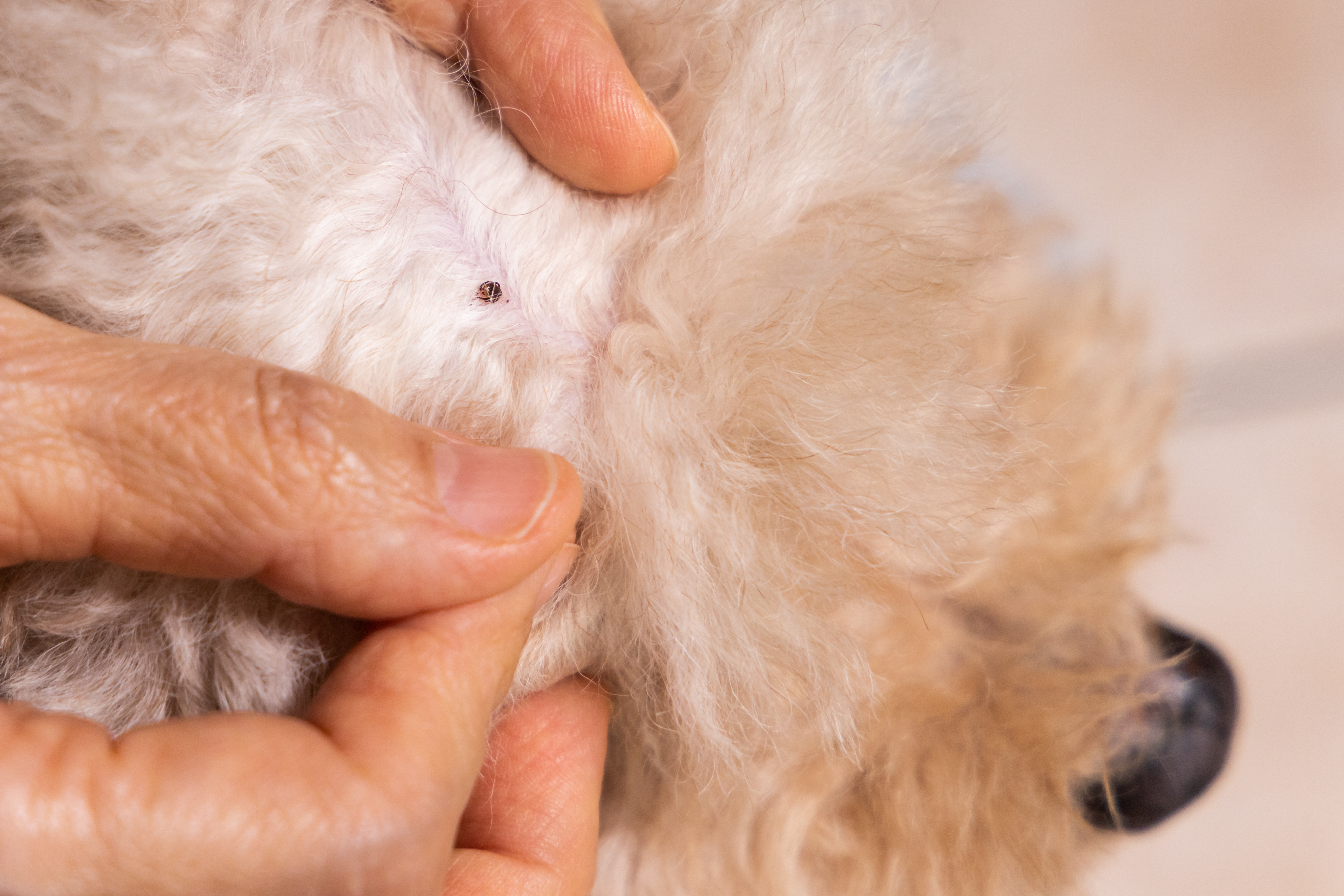10 Common Dog Allergies: Symptoms and Effective Treatments
In recent years, the awareness about dog allergies has significantly increased among pet owners and veterinarians alike. As our understanding of canine health deepens, it becomes apparent that allergies are not just a human problem. Dogs, like their human companions, can suffer from a variety of allergies that impact their overall well-being. Recognizing the signs of allergies in dogs is crucial for ensuring they lead healthy, happy lives. This article aims to provide an insightful exploration into the top 10 dog allergies, their symptoms, and effective treatments that promote health and happiness.
1. Food Allergies: Identifying the Culprits

Food allergies in dogs are among the most common types and can be particularly challenging to diagnose due to the wide variety of potential allergens. Common food allergens include proteins such as beef, chicken, lamb, and dairy products. Some dogs may also react to grains like wheat or corn. Symptoms of food allergies often manifest as skin irritations, chronic ear infections, or gastrointestinal issues like vomiting and diarrhea. Identifying the specific allergen requires a careful process of elimination, often starting with a vet-recommended hypoallergenic diet. This involves feeding the dog a novel protein source and carbohydrate they haven't been exposed to before. Over time, potential allergens are reintroduced one by one to pinpoint the exact trigger. Treatment involves avoiding the identified allergens and maintaining a balanced diet that supports the dog's nutritional needs without causing allergic reactions.
2. Environmental Allergies: Navigating Nature's Challenges

Environmental allergies, also known as atopic dermatitis, occur when dogs react to substances in their surroundings. Common environmental allergens include pollen, mold, dust mites, and even grass. These allergies are often seasonal, with symptoms like itching, redness, and inflammation peaking during certain times of the year. Dogs may excessively lick or chew their paws, leading to secondary infections. Managing environmental allergies involves minimizing exposure to the offending allergens. Regular cleaning of the dog's living area, frequent bathing with hypoallergenic shampoos, and using air purifiers can help reduce allergen levels. In some cases, veterinarians may recommend allergy testing to identify specific triggers. Immunotherapy, which involves gradually exposing the dog to increasing amounts of the allergen, can be an effective long-term treatment. This approach helps build tolerance and reduce the severity of allergic reactions over time.
3. Flea Allergies: The Tiny Pests with a Big Impact

Flea allergies are a common cause of discomfort for dogs, often leading to intense itching and skin irritation. This type of allergy occurs when a dog is hypersensitive to flea saliva, resulting in an allergic reaction from just a few bites. Symptoms include severe itching, hair loss, and the development of hot spots or inflamed areas on the skin. Preventing flea infestations is crucial for managing this allergy. Regular use of veterinarian-approved flea prevention products, such as topical treatments or oral medications, can help keep fleas at bay. It's also important to treat the dog's environment, including bedding and carpets, to eliminate any lurking fleas or eggs. For dogs already suffering from flea allergies, soothing treatments like medicated shampoos and anti-inflammatory medications can provide relief. In severe cases, a veterinarian may prescribe corticosteroids or antihistamines to manage symptoms.
4. Contact Allergies: The Hidden Dangers in Everyday Items

Contact allergies, though less common, can cause significant discomfort for affected dogs. These allergies occur when a dog's skin comes into direct contact with an allergen, such as certain fabrics, cleaning products, or chemicals found in grooming products. Symptoms typically include localized itching, redness, and swelling at the point of contact. Identifying the allergen can be challenging, as it requires observing the dog's reactions to various substances in their environment. Once the allergen is identified, avoiding contact is the best course of action. Switching to hypoallergenic grooming products, using natural cleaning agents, and choosing pet-safe materials for bedding and toys can help reduce exposure. For dogs experiencing contact allergies, topical treatments like soothing ointments or medicated baths can relieve symptoms. In some cases, veterinarians may recommend allergy testing to confirm the specific trigger and develop a tailored management plan.
5. Inhalant Allergies: Breathing Easy

Inhalant allergies, or atopy, occur when dogs react to airborne allergens such as pollen, dust, and mold spores. These allergies are similar to hay fever in humans and can cause symptoms like sneezing, coughing, and itchy skin. Dogs may also develop watery eyes or chronic ear infections as a result of inhalant allergies. Managing these allergies involves reducing exposure to airborne allergens. Regular cleaning of the home, using air purifiers, and keeping windows closed during high pollen seasons can help minimize symptoms. Bathing the dog regularly with hypoallergenic shampoos can also remove allergens from their coat. In more severe cases, veterinarians may recommend allergy testing to identify specific triggers and prescribe medications such as antihistamines or corticosteroids to manage symptoms. Immunotherapy, which involves building tolerance to allergens through gradual exposure, can also be an effective long-term solution for inhalant allergies.
6. Seasonal Allergies: The Changing Tides

Seasonal allergies in dogs are often linked to environmental changes and can vary in intensity throughout the year. Spring and summer are common times for seasonal allergies to peak, as pollen levels rise and insects become more active. Symptoms may include itching, sneezing, and watery eyes, similar to inhalant allergies. Dogs may also experience skin issues like hot spots or rashes during allergy seasons. Managing seasonal allergies involves minimizing exposure to allergens during peak times. Regular grooming and bathing can help remove pollen and other allergens from the dog's coat. Keeping the home clean and using air purifiers can also reduce allergen levels indoors. For dogs with severe seasonal allergies, veterinarians may recommend medications like antihistamines or corticosteroids to manage symptoms. In some cases, allergy testing and immunotherapy may be beneficial for long-term management.
7. Bacterial and Yeast Allergies: The Microbial Menace

Bacterial and yeast allergies occur when a dog's skin reacts to an overgrowth of bacteria or yeast, often secondary to other allergies. These infections can cause intense itching, redness, and a distinct odor. Dogs may also develop scaly or greasy skin as a result of these allergies. Managing bacterial and yeast allergies involves addressing the underlying cause and treating the infection. Regular bathing with medicated shampoos can help control bacterial and yeast overgrowth. In more severe cases, veterinarians may prescribe antibiotics or antifungal medications to treat the infection. It's also important to identify and manage any primary allergies that may be contributing to the overgrowth. Maintaining good hygiene and a balanced diet can help support the dog's immune system and reduce the risk of future infections.
8. Genetic Predispositions: The Role of Breed

Certain dog breeds are more prone to developing allergies due to genetic predispositions. Breeds like Bulldogs, Retrievers, and Terriers are known to have higher incidences of allergies. Understanding a dog's breed-specific risks can help owners anticipate potential health issues and take proactive measures. Regular veterinary check-ups and early intervention can make a significant difference in managing allergies in predisposed breeds. Owners can also educate themselves about common allergies associated with their dog's breed and monitor for symptoms. By being aware of genetic predispositions, owners can work closely with veterinarians to develop a tailored management plan that addresses their dog's unique needs. This proactive approach can help minimize the impact of allergies and improve the dog's overall quality of life.
9. Diagnosing Dog Allergies: The Path to Clarity

Diagnosing allergies in dogs can be a complex process, requiring a combination of observation, testing, and veterinary expertise. Veterinarians often start by taking a detailed history of the dog's symptoms, diet, and environment. Allergy testing, such as blood tests or intradermal skin testing, can help identify specific allergens. Elimination diets are commonly used to diagnose food allergies, while environmental allergies may require a combination of testing and observation. Once the allergens are identified, a tailored management plan can be developed. This may include dietary changes, environmental modifications, and medications. Regular follow-ups with the veterinarian are essential to monitor the dog's progress and make any necessary adjustments to the treatment plan. By accurately diagnosing allergies, owners can take the necessary steps to improve their dog's health and well-being.
10. Effective Treatments: From Medications to Lifestyle Changes

Treating dog allergies involves a combination of medications, lifestyle changes, and preventive measures. Antihistamines and corticosteroids are commonly used to manage symptoms, providing relief from itching and inflammation. For more severe cases, veterinarians may recommend immunotherapy, which can help build tolerance to allergens over time. Dietary changes, such as switching to a hypoallergenic diet, can be effective for managing food allergies. Environmental modifications, like regular cleaning and using air purifiers, can reduce exposure to allergens. Regular grooming and bathing with hypoallergenic products can also help manage skin allergies. By combining these treatments, owners can effectively manage their dog's allergies and improve their quality of life. It's important to work closely with a veterinarian to develop a comprehensive treatment plan that addresses the dog's specific needs.
Building a strong bond with the dog through positive reinforcement and training can enhance their happiness and sense of security. By taking a proactive approach to allergy management, owners can help their dogs lead fulfilling lives, free from the discomfort of allergic reactions. This holistic approach not only addresses the symptoms of allergies but also promotes overall health and happiness, ensuring that dogs can enjoy life to the fullest.







